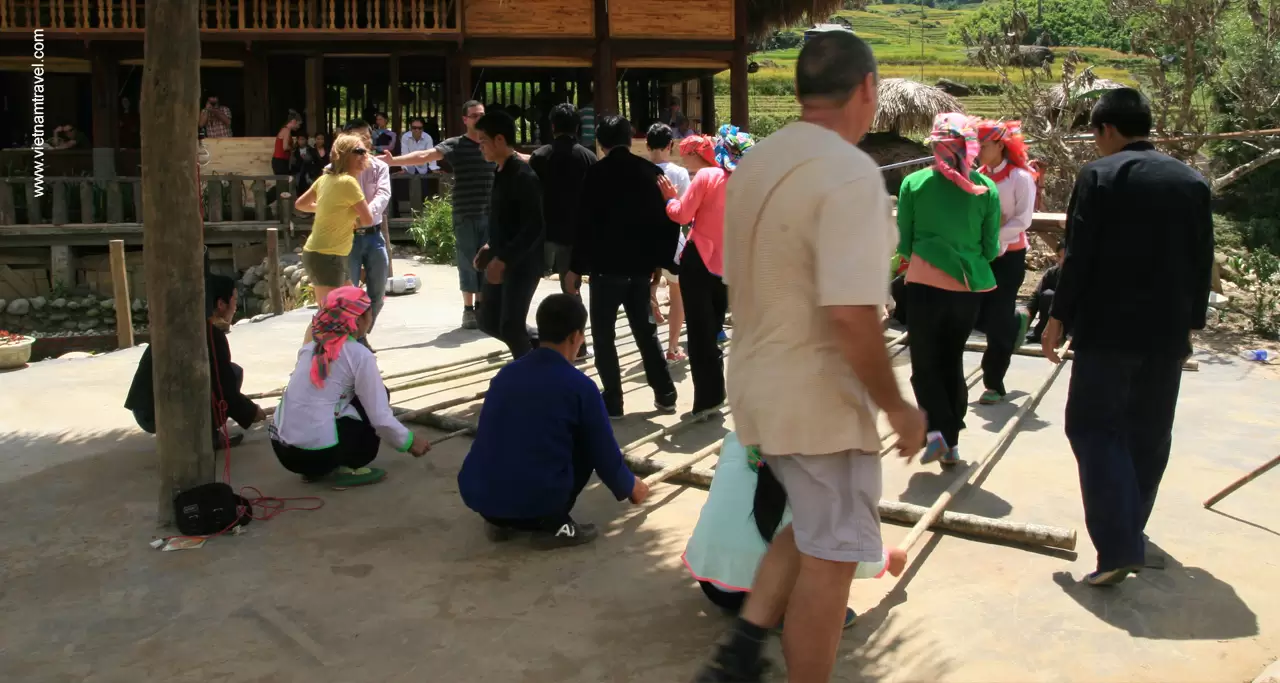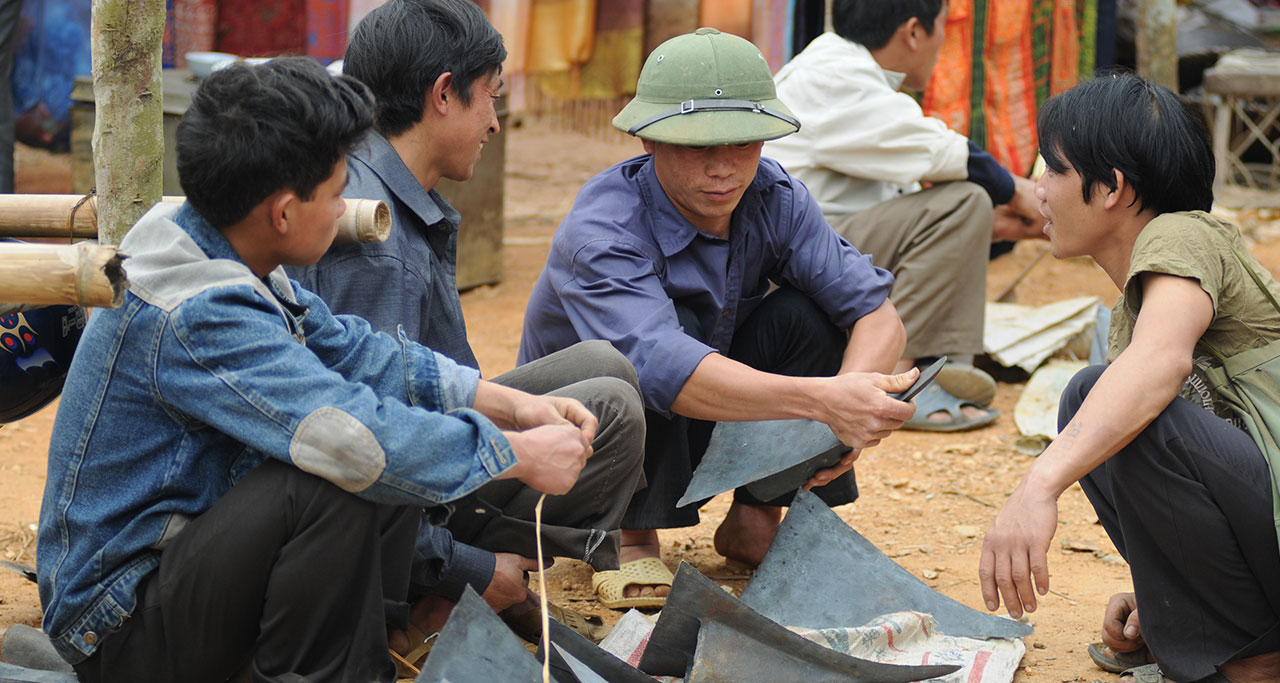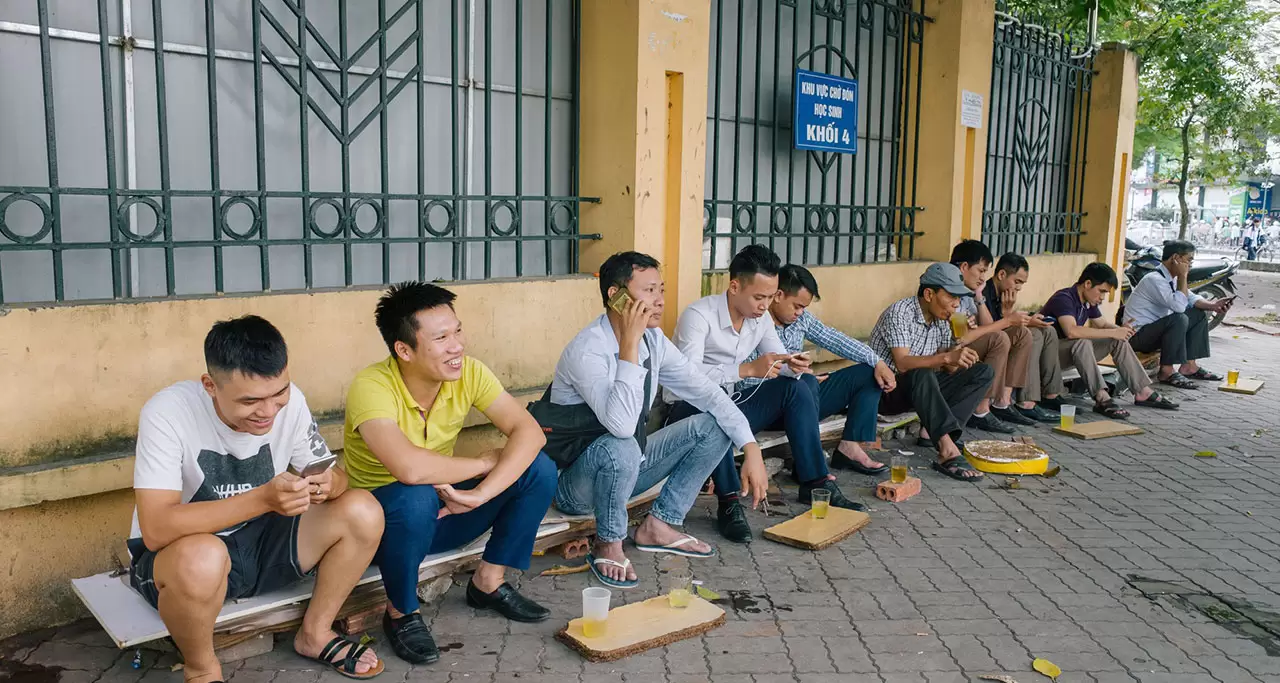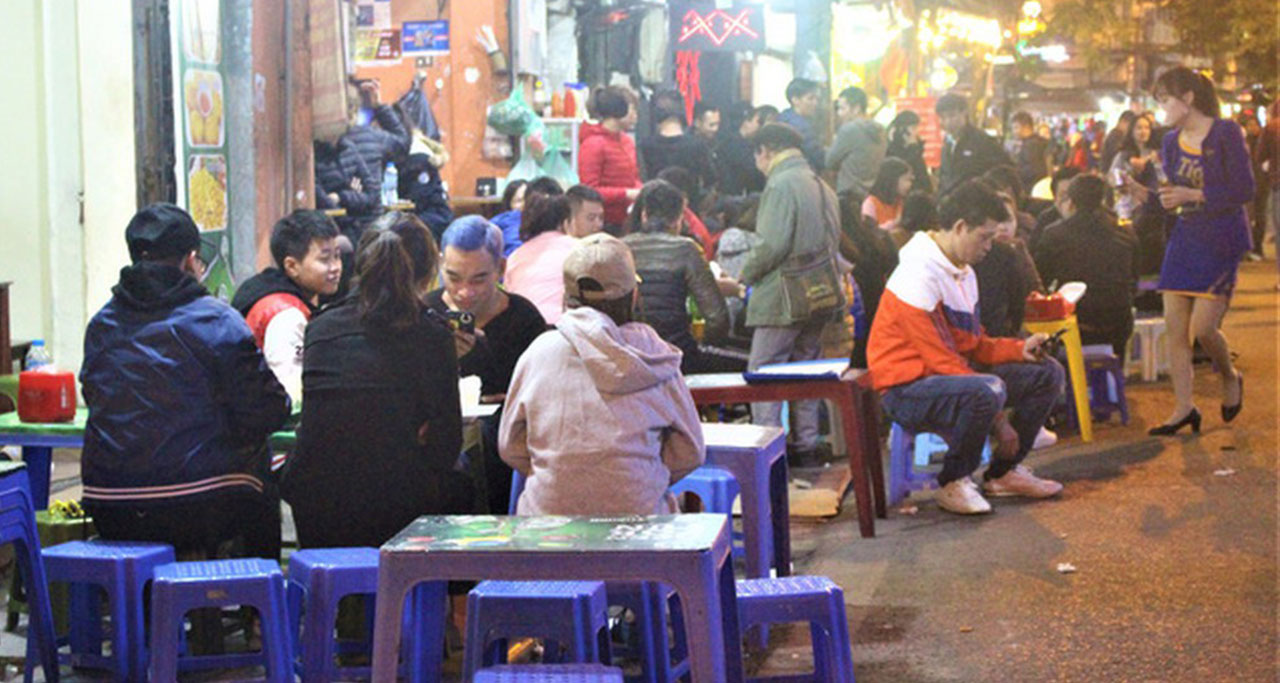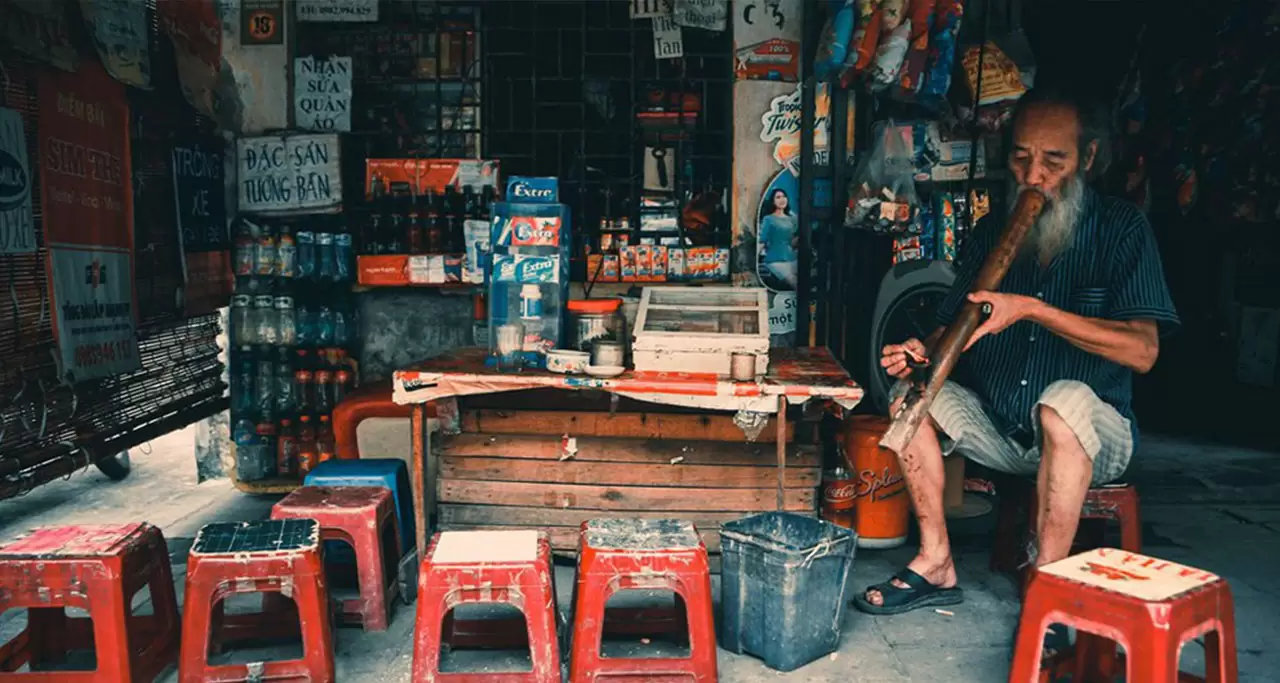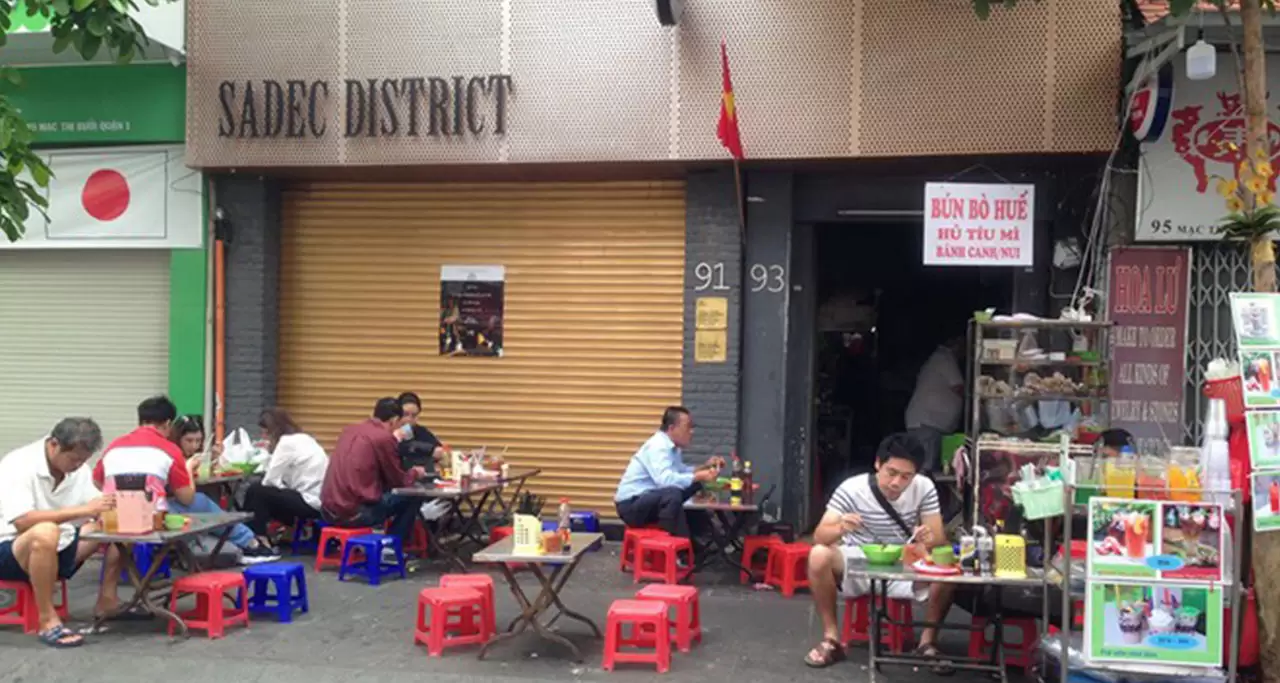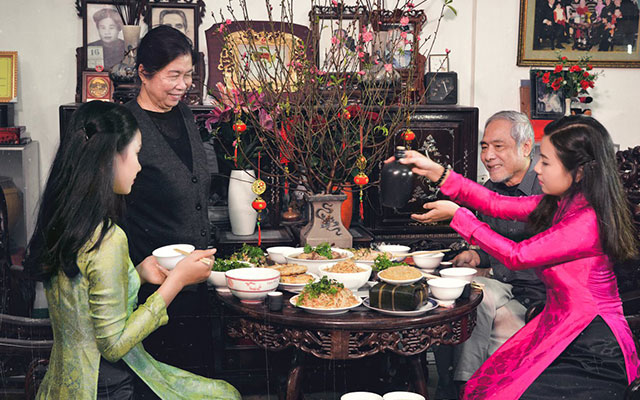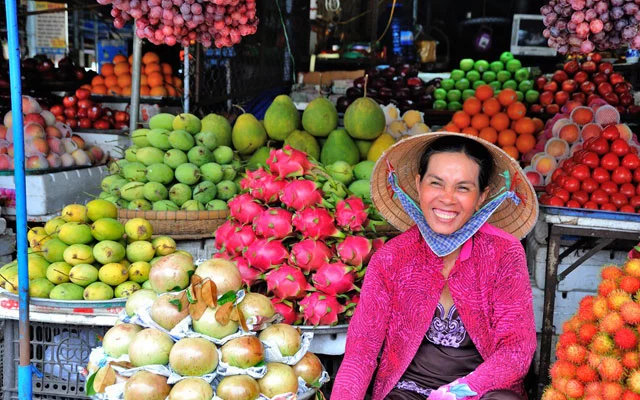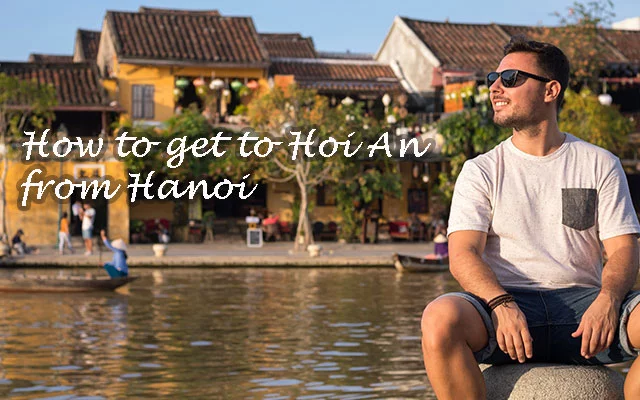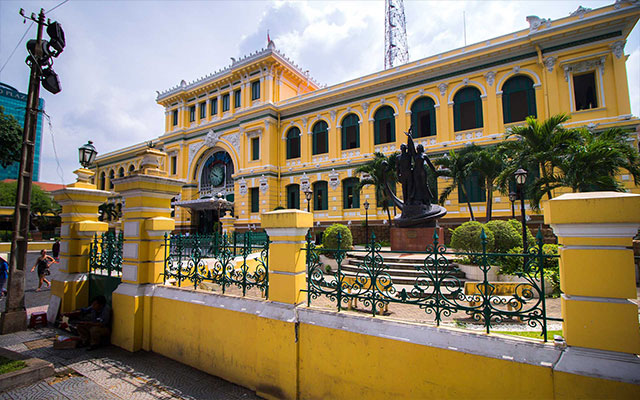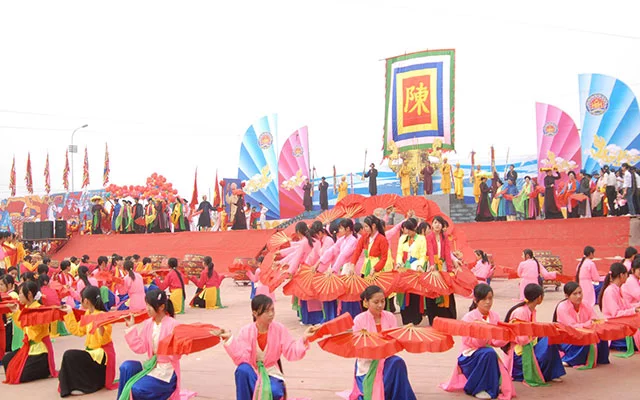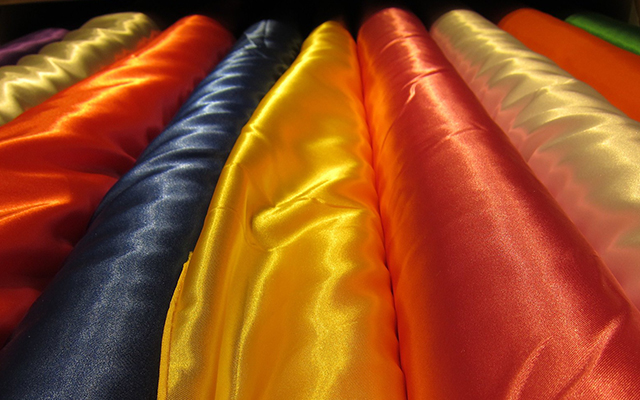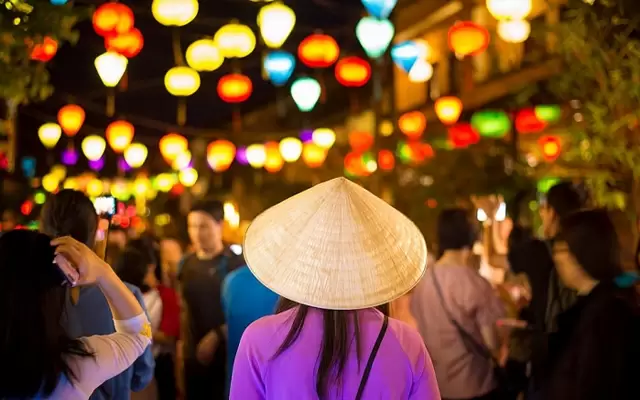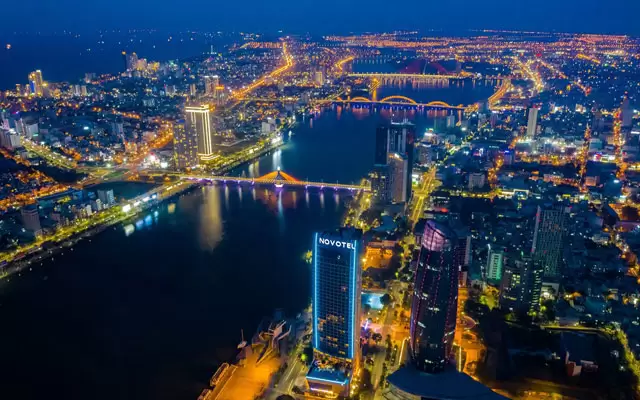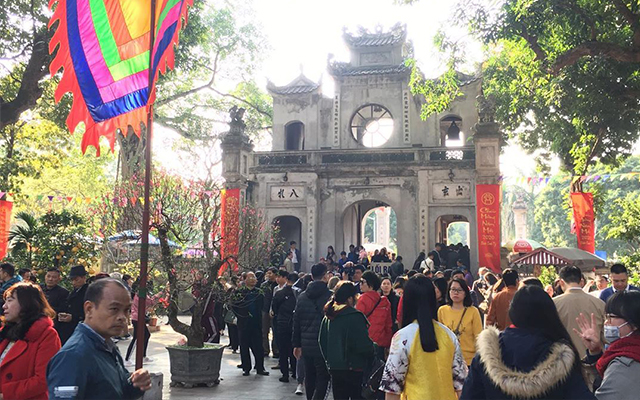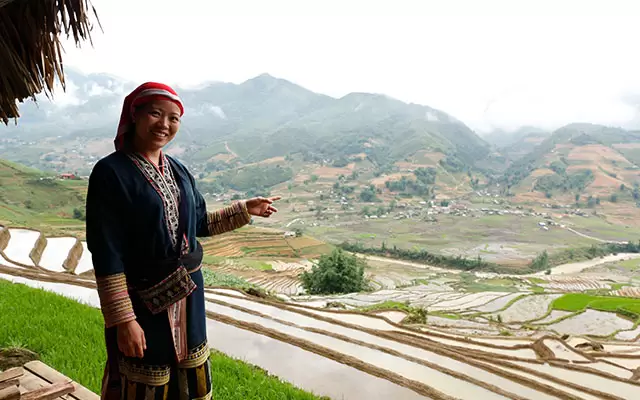How Vietnamese people seat?
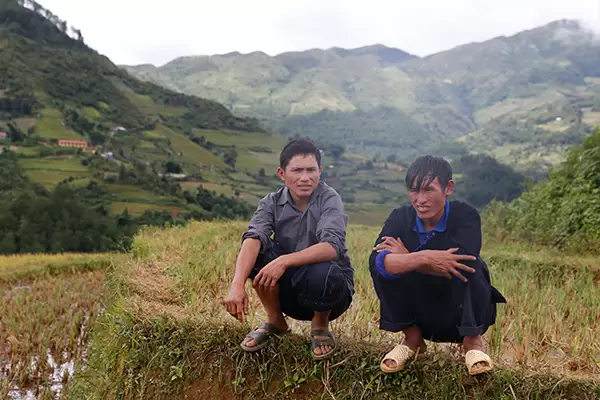
Vietnamese people have unique seating habits and culture
Vietnamese people have unique seating habits and culture. In this guide, we will explore the reasons why Vietnamese people seat on the floor, how they seat in restaurants, and more. We will also discuss the history of Vietnamese seating habits and how they have evolved over time.
How Vietnamese seat?
It sounds like funny question but this is what I wonder during my 2 weeks trip in Vietnam early of 2025. Then I have an answer.
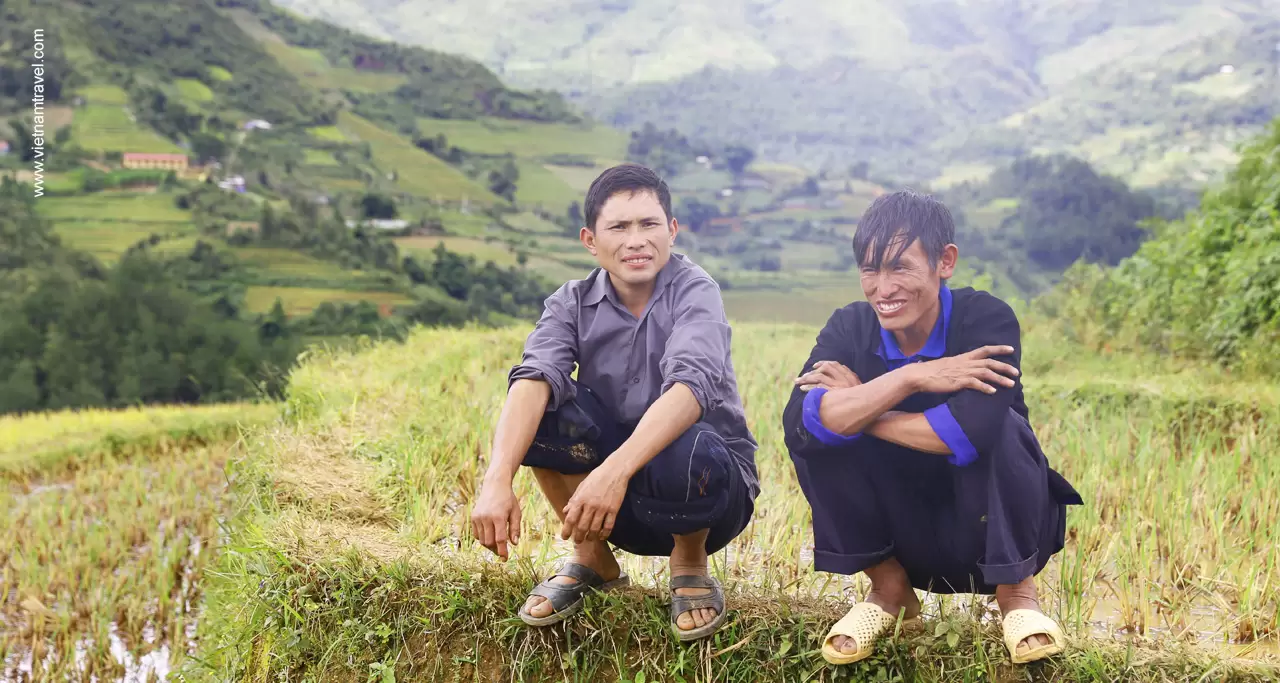
I often see Vietnamese people seating on their legs. They must have strong legs and very flexible.
By talking to them I found their legs are smaller (compare to Caucasian) plus their belly is very slim, that help them to be able seat that way.
I offer my chair to a guy in Sapa, He refuse and said he ‘d rather feel comfortable seating on his legs 😀
Not only in the mountains, even in the city. I saw local prefer seating on low plastic chair.
In Hanoi, at the Bia Hoi places ( Kind of beer garden offer draft beer, cold and good and supper cheap) local people use the small plastic chair.
Why they seat the low chair?
Also at the café on the side walk in each city I travel from North Vietnam to the South. I saw local use the small chair. I understand this small chair fit the small size of countryside people and save cost and space.
Do they sincerely feel comfortable on the low chair?
It is true that they prefer low chair better than the standard ones.
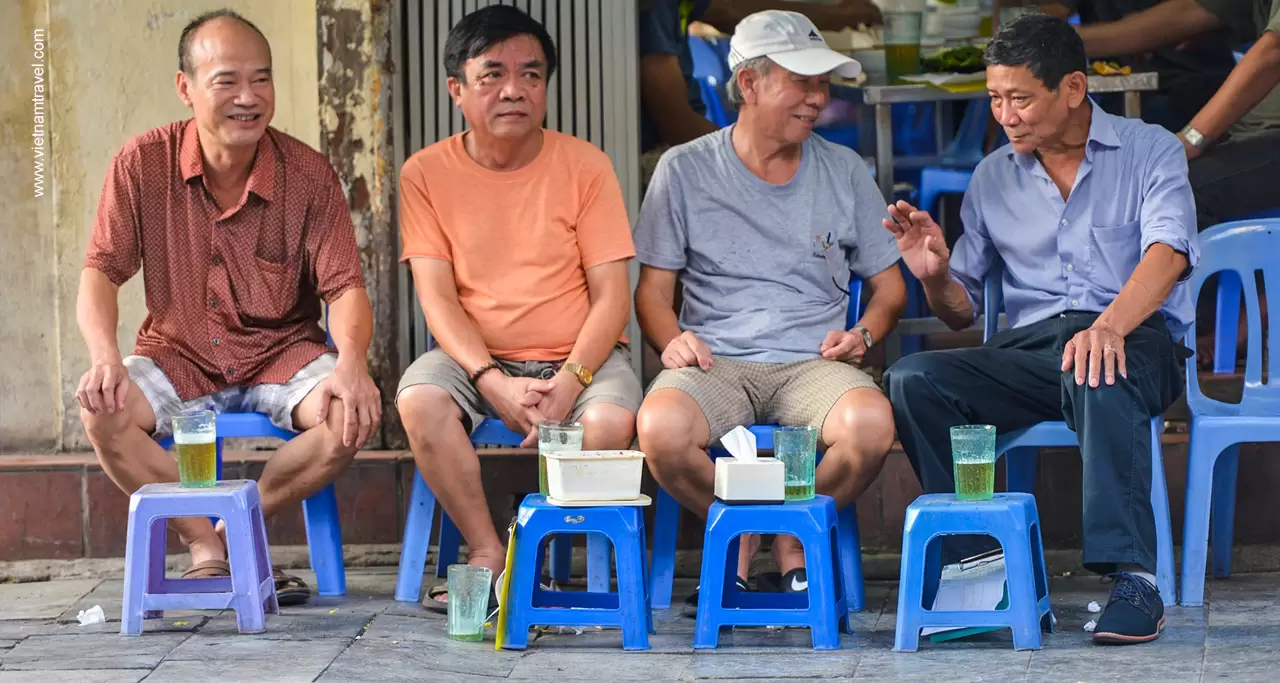
I ask my American colleague if she could seat like Vietnamese people?
– Yes I can but I need a stick and not for more than a minute 🙂
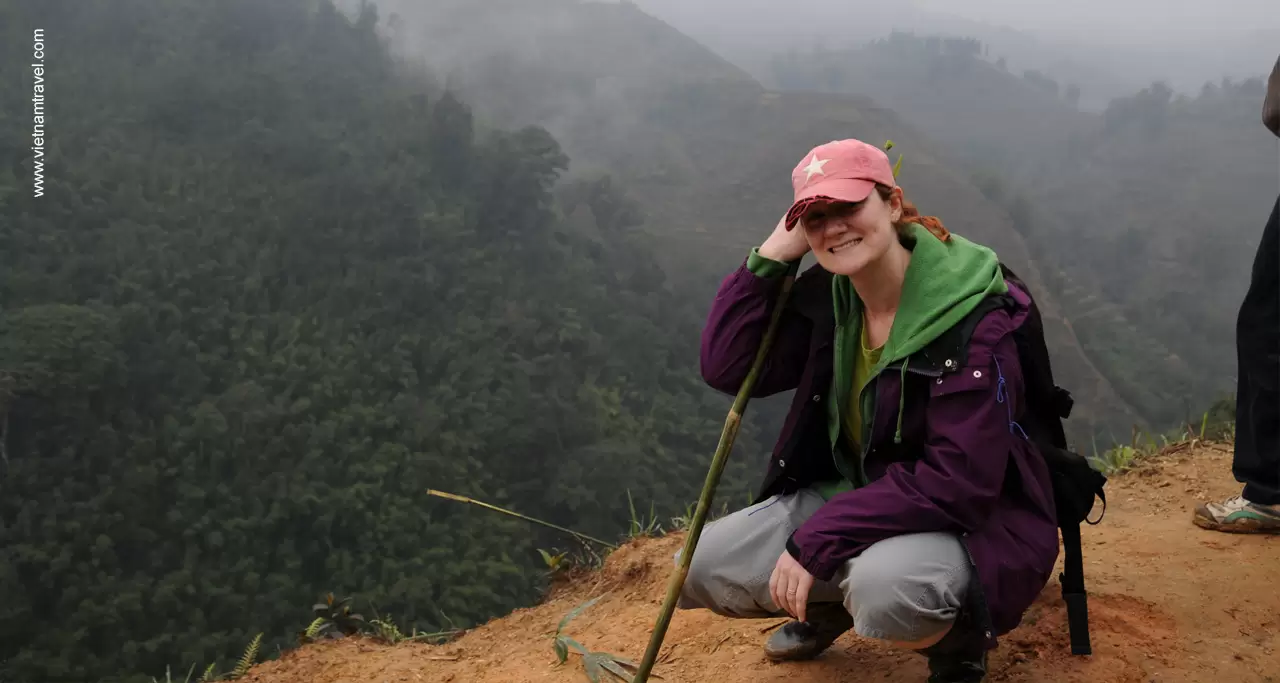
How Vietnamese seat?
Why do Vietnamese people seat on the floor?
There are different reasons why Vietnamese people seat on the floor, depending on the context and the situation. Some of the possible reasons are:
Tradition and culture: In many Asian countries, including Vietnam, sitting on the floor is a common practice that has been passed down for generations. It is often seen as a way of showing respect, humility, and closeness to nature and ancestors. Sitting on the floor also allows people to gather around a low table or a mat and share food and drinks in a cozy and intimate way. This can enhance the family and community bonding and create a sense of belonging. Some people also believe that sitting on the floor while eating helps digestion and prevents overeating, as it puts pressure on the stomach and makes one feel full faster.
Comfort and convenience: In some cases, sitting on the floor can be more comfortable and convenient than using chairs or sofas, especially in rural areas or small spaces. Sitting on the floor can provide more flexibility and movement for the body, as one can change positions easily and stretch the legs, hips, pelvis, and spine. This can help prevent stiffness, pain, and posture problems that may arise from sitting for a long time in the same position. Sitting on the floor can also save space and money, as one does not need to buy or maintain furniture or worry about cleaning or spilling on them.
Preference and habit: Some Vietnamese people may simply prefer to seat on the floor because they are used to it or they enjoy it. They may find it more relaxing, natural, or fun to seat on the floor than on a chair or a sofa. They may also have personal or religious reasons to seat on the floor, such as following a certain lifestyle, practice, or belief.
Of course, not all Vietnamese people seat on the floor all the time. Many people also use chairs or sofas for different purposes or occasions, such as working, studying, watching TV, or hosting guests. The choice of seating may depend on various factors, such as age, health, location, weather, mood, and preference. There is no right or wrong way to seat, as long as one is comfortable and respectful of others.
How do Vietnamese people seat in restaurants?
There are different ways that Vietnamese people seat in restaurants, depending on the type of restaurant, the occasion, and the preference of the customers. Some of the possible ways are:
Sitting on low stools or mats: This is a common way of seating in street food stalls, local eateries, or casual restaurants that serve traditional Vietnamese dishes, such as pho, banh mi, bun cha, or nem. These places usually have small tables and low stools or mats that are placed on the sidewalk or the floor. Customers can sit on these stools or mats and enjoy their food in a relaxed and informal way. This is also a way of experiencing the street culture and the local life of Vietnam.
Sitting on chairs or sofas: This is a common way of seating in modern, upscale, or western-style restaurants that serve international cuisines, such as pizza, pasta, steak, or sushi. These places usually have standard tables and chairs or sofas that are placed inside an air-conditioned room or a spacious terrace. Customers can sit on these chairs or sofas and enjoy their food in a comfortable and elegant way. This is also a way of experiencing the diversity and the development of Vietnam.
Sitting on the floor: This is a less common way of seating in restaurants, but it may be found in some ethnic minority villages, rural areas, or traditional houses that serve regional specialties, such as thang co, com lam, or banh xeo. These places usually have wooden floors or bamboo mats that are covered with cushions or pillows. Customers can sit on these cushions or pillows and enjoy their food in a cozy and authentic way. This is also a way of experiencing the culture and the history of Vietnam.
